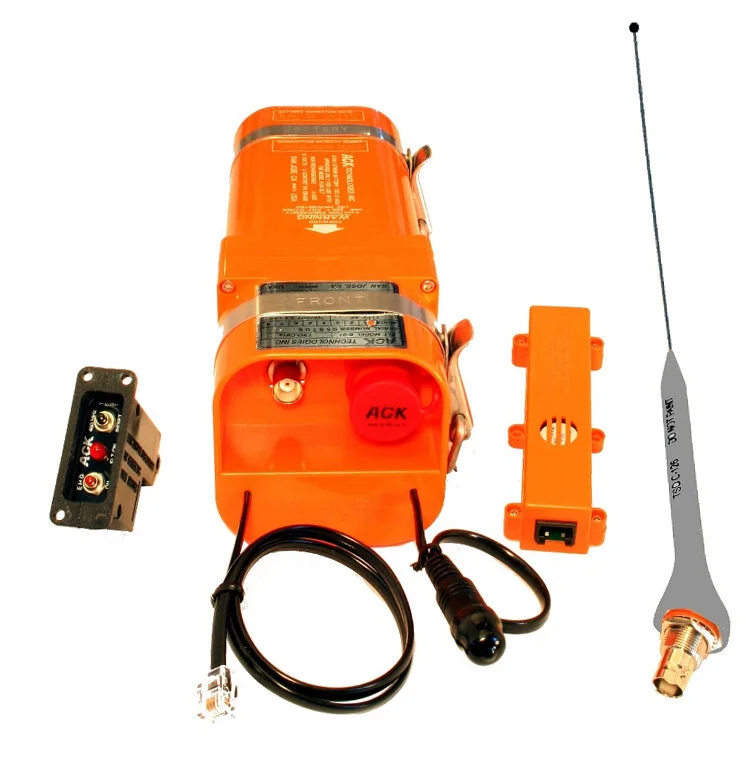“Doesn’t cost anything, can save a live, and takes very little effort to set up the radio for it. In my opinion if you have a number 2 radio then have guard up and ready. ”
By: Felipe Santiago
1. Report ELTs
A few years back 121.5 MHz was monitored by satellite, but with the introduction to 406 MHz ELTs we moved to the new technology. I remember running around Miami in a Civil Air Patrol airplane or van looking for ELTs. Most of the time we wouldn’t get the signal with the coordinates received from the Air Force. We would have to wait like 30 minutes for the satellite to pass over again to get an updated position so we could get closer to the signal. Old and slow technology. Today 406MHz ELTs use a onboard GPS receiver and transmit the position and ID of the ELT. They still broadcast on 121.5MHz for homing but a lot of time is saved with the extra information. Unfortunately not everyone is running 406 ELTs, so its up to us to report when we hear them so that search and rescue could be deployed.

2. Warnings
Besides all the guard jokes and policing done by Delta (No offense Delta), you will occasionally hear the Air Force warning pilots of possible violations. If an airplane in the Air Defense Identification Zone (ADIZ) has not established communications with ATC you will get plenty of warnings before you actually get intercepted. This also applies to Temporary Flight Restrictions (TFRs). Just for monitoring a frequency you can avoid a pilot deviation, where do I sign up?
3. Communications with ATC
With the hit of a switch you can quickly get ahold of any controller no matter where you are. Most ATC Facilities monitor 121.5MHz and can provide help for you on guard. You can use guard if you loose contact with ATC and ask for a new frequency or you might actually even hear the controlled looking for you on guard. Having everyone on guard is a great tool when someone is trying to contact an aircraft and doesn’t know what frequency they are on.



.png?width=178&height=50&name=Aviator%20Zone%20Academy%20(5).png)
Submit a Comment